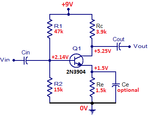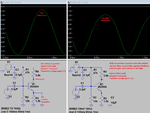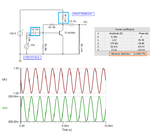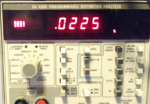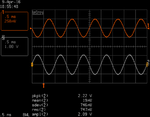paulmdrdo
Full Member level 3
Hello! I am trying to do an experiment on building a simple audio amplifier using transistors. In particular I would like to use a 2n3904 trannie. But Im still not sure on what Am I going to base the dc operating point of my circuit. Do I just choose it randomly? I tried to consult the datasheet but i dont know what parameters in there I should base my operating point. Please help me. I know the math but i dont know what values to use in designing. Especially the hfe im not sure what to use.
Thanks!
Thanks!
